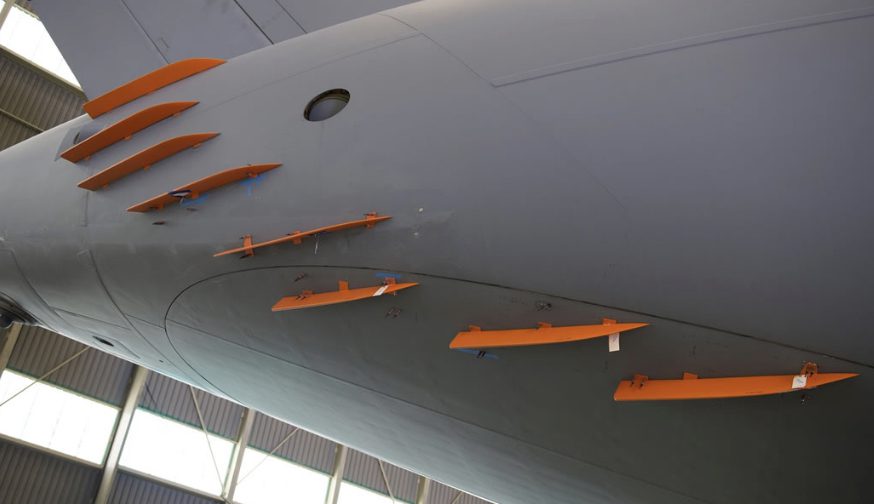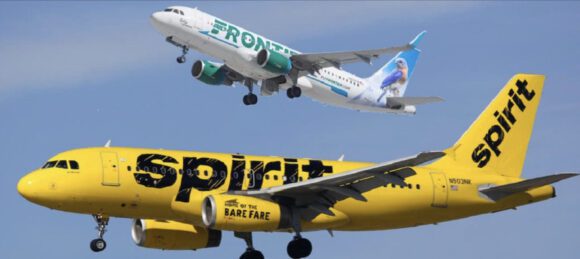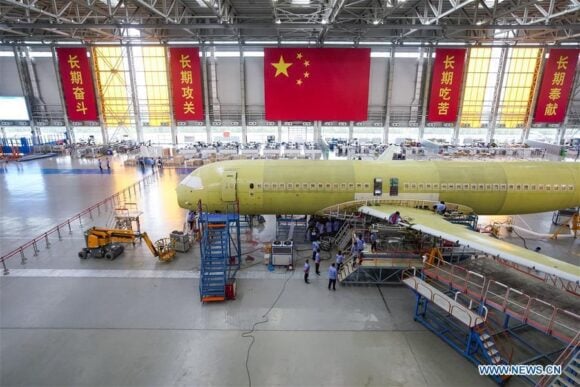
image: youtube
VCT has achieved EASA validation of its FAA supplemental type certificate for its aerodynamics finlets for Boeing 737 and other aircraft. Those finlets provide fuel savings by eliminating vortices generated by the tail section of the aircraft. VCT, founded by former Lockheed “Skunk Works” employees, has developed patented technologies that control vortices, reducing fuel consumption and carbon emissions for commercial and military aircraft.
Reducing Vortices
We’ve all seen photographs of vortices generated by aircraft from their wing tops, the wing to fuselage interface, and aft fuselage. These vortices are a source of aerodynamic drag, particularly for aircraft with upswept aft bodies like the C-130, C-17 and Boeing 737.
Finlets are small fins arrayed on the after fuselage that reshape airflow to improve pressure distribution and reduce pressure drag. The company has proprietary expertise that can be optimizes using Computation Fluid Dynamics to minimize the aerodynamic drag of any aircraft. Both finlets and the company’s software are patented, and enable engineers to model and predict vortices and finlet configurations to lower fuel consumption and emissions.

The finlets are easy to instal, requiring 16 man-hours and can result in a reduction of 750,000 lbs of carbon annually for a single Boeing 737 aircraft. The reduction in drag is in addition to other modifications, such as winglets that may also be installed on an aircraft.
Today’s EASA approval enables VCT to install finlets for European operators of Boeing 737 aircraft to improve their environmental performance. The company’s technologies have already saved 4.6 million gallons of fuel and 100 million pounds of CO2 emissions on their installed fleet.
The Bottom Line
The industry needs incremental improvements in multiple areas if it is to achieve the 50% fuel burn reduction goal by 2035 and zero net carbon by 2050. Multiple small improvements, whether from e-taxi, engine optimization, or aerodynamic improvements can all contribute to the goal. Today’s computational tools, that were unavailable when the C-130 and 737 were originally designed, can generate improvements that, while incrementally small, begin to add up when several are used in combination. Sweating the details can provide substantial benefits.
Views: 405




